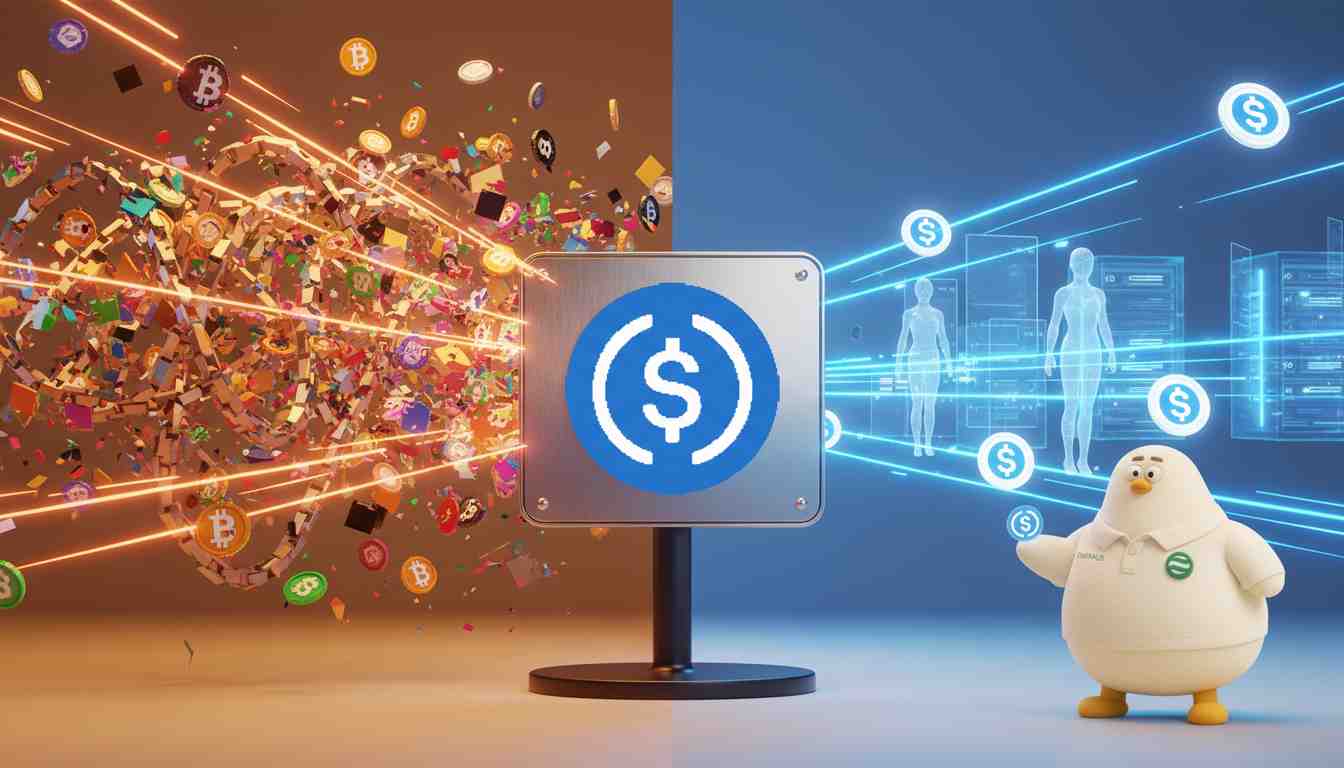V3 Research
BRC20 Protocol vs. x402 Protocol
CertiK
English article detailing the creation of BRC-20 via Ordinals, explaining mechanics of inscriptions, token operations (deploy, mint, transfer) and highlighting security concerns like off-chain indexer reliance and lack of native smart-contract enforcement.
CryptoPotato
English report citing BitMEX research that BRC-20 inscriptions expanded the Bitcoin UTXO set to roughly 169 million entries, which paradoxically speeds initial block download while increasing storage and bandwidth burdens for node operators.
Twitter
中文推文搜索结果汇总,讨论AP2 与 x402 支付协议的差异、兼容性及 BRC20、ARC20 等铭文类标准的演化可能,对投资者叙事影响进行简要梳理。
CryptoSlate
English news highlighting Coinbase’s activation of x402 Bazaar, allowing AI agents to complete USDC payments for API calls within 200 milliseconds; article notes regulatory context (GENIUS Act, MiCA) that could foster stablecoin-based micro-transactions.

Executive Summary
BRC-20 is an experimental Bitcoin-based token standard optimized for minting and transferring fungible assets, whereas x402 is an HTTP-native, chain-agnostic payment protocol designed to let humans or AI agents pay APIs in real time. BRC-20 offers a simple issuance path but strains Bitcoin’s UTXO set and inherits none of Bitcoin’s security guarantees beyond data inscription 12. x402 leverages stablecoins such as USDC to enable millisecond micropayments without custodial intermediaries, backed by major infrastructure providers like Coinbase, Circle, and Cloudflare 678.
| Metric | BRC-20 | x402 |
|---|---|---|
| Launch year | 2023 (by pseudonymous dev Domo) 1216 | 2024 public spec, Foundation formed 2025 3133 |
| Underlying network | Bitcoin mainnet (Taproot & Ordinals) 129 | Chain-agnostic (works over HTTP; early rollout on Base & stablecoins) 630 |
| Primary purpose | Fungible token issuance & trading 512 | Pay-per-use API & machine-to-machine payments 68 |
| Security model | Data inscriptions + off-chain indexers; no smart-contract enforcement 127 | Relies on stablecoin settlement and HTTP 402; inherits security of chosen chain & custody model 67 |
| Resource impact | Doubled Bitcoin UTXO set to ~169 M entries, raising node costs 2 | Negligible on-chain load; payments aggregated off-chain then settled in batches 431 |
| Ecosystem support | Community wallets, indexers, MEME tokens; largely speculative 1122 | Coinbase, Circle, Cloudflare, AI-centric startups; focus on real-world utility 7834 |
Design Philosophy & Architecture
BRC-20 repurposes Bitcoin’s Ordinals by inscribing JSON onto satoshis, tracking balances via off-chain indexers that parse mint, transfer, and deploy events; no Bitcoin script is executed, so the ledger state exists only by social consensus 112. x402 embeds a “Payment Required” handshake into standard HTTP flows, allowing clients to obtain a quote, sign a stablecoin transfer, and receive the resource in <200 ms. The protocol is purposely minimal and chain-agnostic so any network supporting instant stablecoin transfers can settle the invoice 631.
Security & Performance Considerations
Because BRC-20 lacks executable contracts, malicious inscriptions cannot be blocked and double-spend disputes rely on indexer alignment rather than protocol rules. Audits warn of spoofed events and frozen assets if indexers diverge 12736. Node operators also face storage inflation as each mint expands the UTXO database, already doubling it once 2. x402 shifts complexity to the chosen settlement chain: latency, finality, and stablecoin solvency become primary risks. However, batching keeps on-chain fees low and avoids enlarging state on L1s, so scalability is bounded mainly by the HTTP gateway’s throughput 4630.
Adoption Trajectory & Ecosystem
BRC-20’s narrative sparked rapid meme-coin launches such as $ORDI and $TURT, fueling short-term trading volumes but little productive utility. Price action is driven by FOMO cycles and liquidity on centralized exchanges 112225. Conversely, x402 is gaining institutional momentum: Circle’s Gateway integration and the Coinbase-Cloudflare Foundation aim to standardize AI-driven payments, while early experiments route every transfer through Base to deepen USDC liquidity 7810. GitHub repos, SDKs, and a Bazaar marketplace suggest a developer-first approach that could anchor new revenue models for digital services 313442.
Risk Profile
- BRC-20: High regulatory uncertainty (many tokens resemble unregistered securities), indexer centralization, and potential Bitcoin fee spikes from inscription spam 12740.
- x402: Relies on stablecoin peg stability, custody or bridge risk for cross-chain settlement, and still-evolving standards that may fragment early adopters 72426.
Strategic Outlook
If Bitcoin fees stay elevated, BRC-20 minting may slow, but established tokens could survive as speculative assets. Future upgrades like OP_CAT might enable native covenant-based tokens that supersede BRC-20. x402’s success hinges on widespread merchant and API support; regulatory frameworks such as MiCA and the U.S. GENIUS Act could accelerate enterprise adoption of stablecoin micropayments 4735.
Further Exploration
- Track Bitcoin mempool congestion vs. BRC-20 mint schedules to gauge inscription sustainability.
- Monitor x402 SDK downloads and Bazaar listings as leading indicators of developer traction.
- Compare fee economics: Bitcoin inscription costs vs. Base-settled USDC transfers under x402.
- Evaluate regulatory developments for stablecoins that could impact x402 settlement layers.
Would you like to dive deeper into fee economics between Bitcoin inscriptions and Base-settled x402 payments next?
(Visit Discover for more)
5 days ago